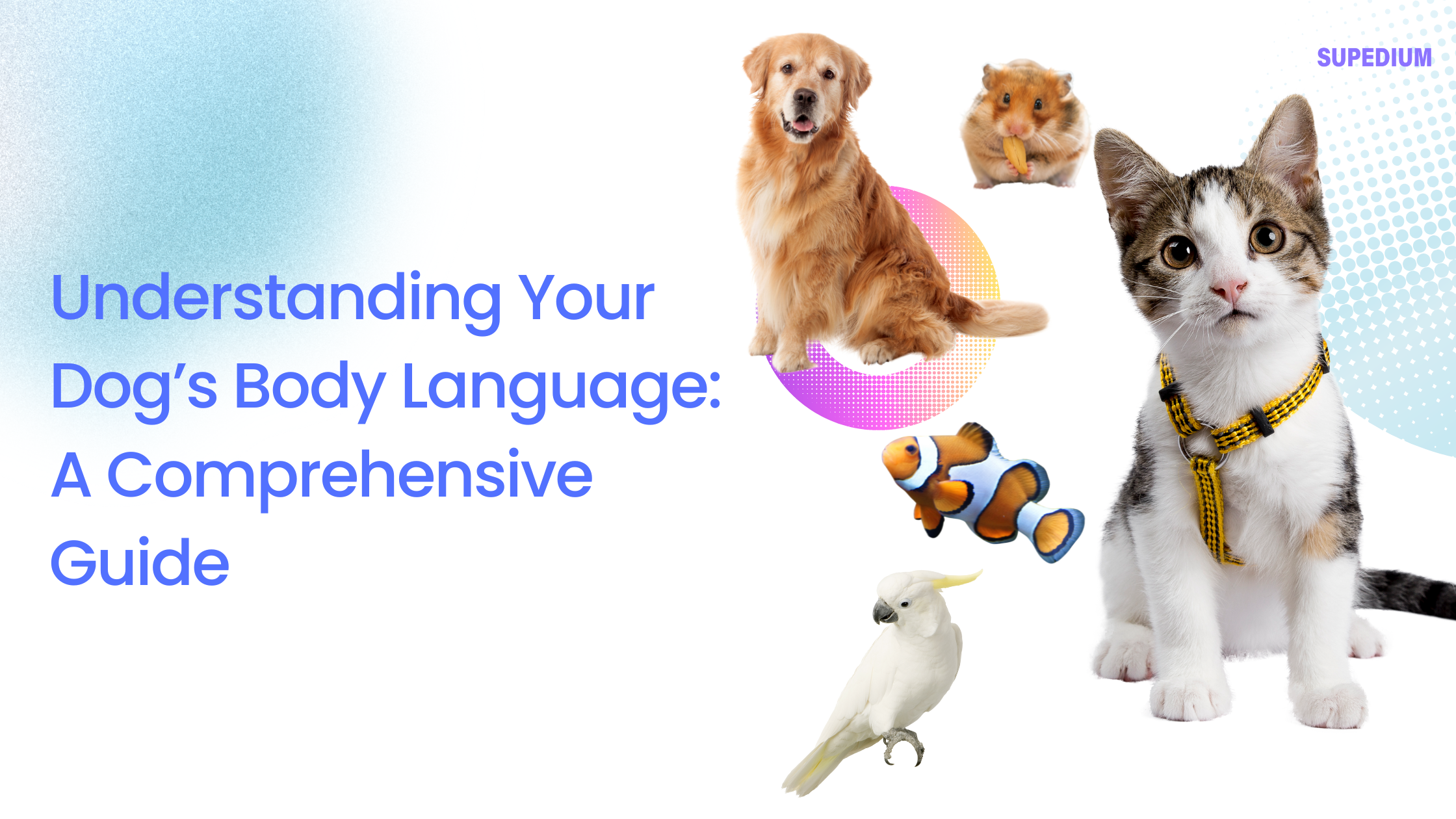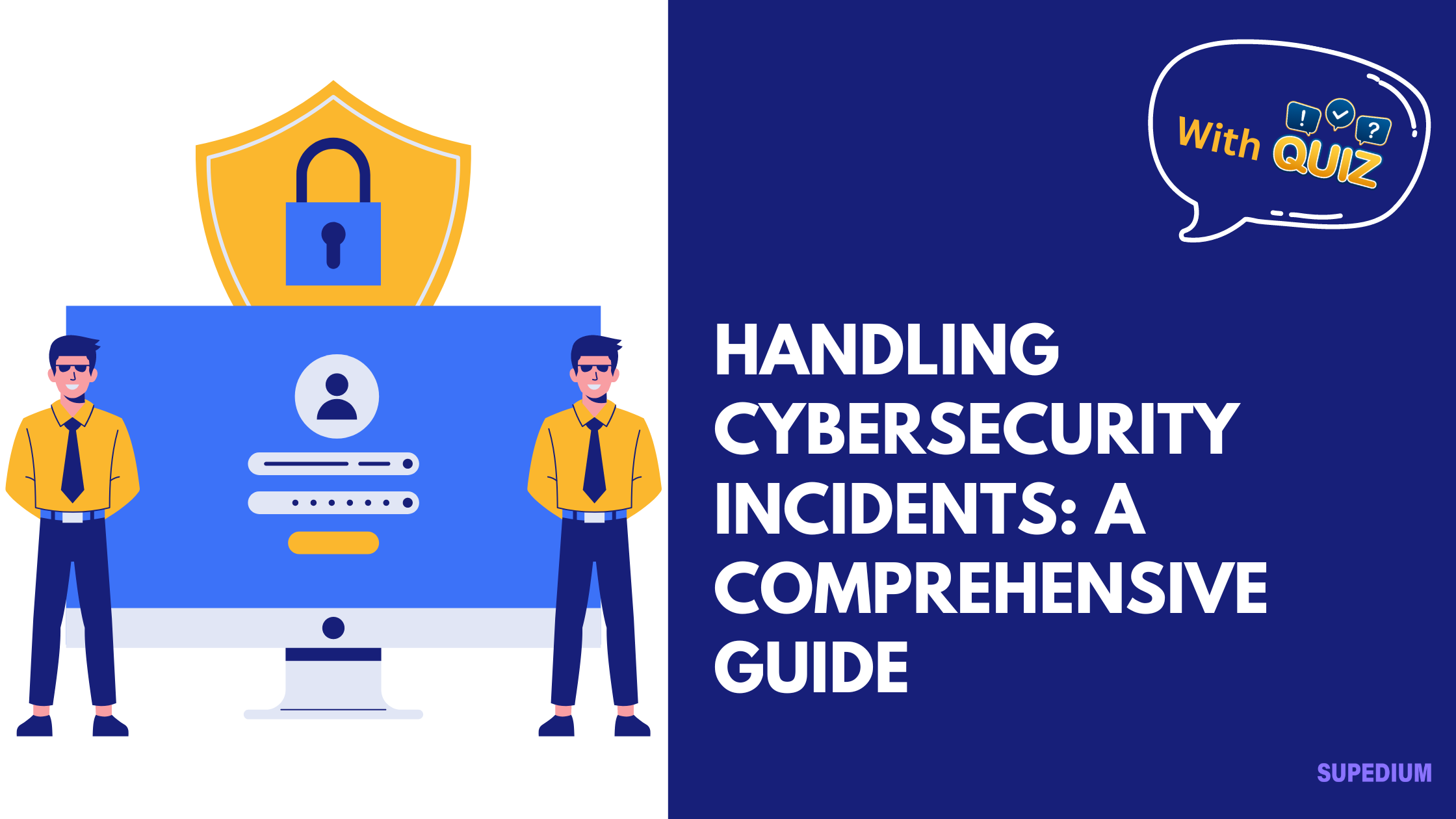Table of Contents
![]()
Effective communication with your dog is a cornerstone of a harmonious relationship. Unlike humans, dogs primarily communicate through body language, so understanding these signals is crucial for interpreting their emotions and needs. This guide delves into the key aspects of canine body language, helping you to better understand your dog’s behavior and enhance your relationship with them.
I. Introduction
Understanding your dog’s body language is essential for several reasons. It enhances the way you interact with your pet, helping you recognize their needs and emotions. This deeper insight can lead to better training outcomes, more effective behavioral management, and a stronger bond between you and your dog.
II. Basic Canine Body Language
A. Tail Position and Movement
- Wagging Tail
- Slow Wagging: A slow wagging tail often indicates uncertainty or friendliness. It’s a sign that your dog is cautiously optimistic or unsure about a situation.
- Rapid Wagging: When the tail wags rapidly, it typically signifies excitement or happiness. Your dog is likely thrilled to see you or anticipating something enjoyable.
- High Wagging: A tail held high and wagging can denote confidence or agitation. It’s important to consider the context—if your dog appears tense, a high wagging tail might indicate a heightened state of arousal.
- Low Wagging: A tail held low with gentle wagging usually indicates submission or anxiety. Your dog may be feeling vulnerable or unsure.
- Tail Between Legs
- A tail tucked between the legs is a classic sign of fear or submission. This posture often accompanies other signs of anxiety or discomfort, such as cowering or seeking to hide.
B. Ears
- Erect Ears
- Erect ears suggest that your dog is alert and curious. They are paying attention to their surroundings and may be assessing a situation or preparing to react.
- Pinned Back Ears
- Ears pinned back against the head can indicate fear, aggression, or submission. This position is often seen in combination with other signs such as growling or avoidance.
C. Eyes
- Relaxed Eyes
- Soft, relaxed eyes generally indicate that your dog is comfortable and at ease. This is often seen when your dog is content and not feeling threatened.
- Wide Eyes
- When your dog’s eyes are wide, it can signal fear, stress, or aggression. This can be accompanied by other body language signs such as a stiff body or bared teeth.
- Eye Contact
- Direct Eye Contact: Prolonged direct eye contact can be perceived as a challenge or a display of dominance. It’s important to observe your dog’s overall body language to interpret this correctly.
- Avoidance: If your dog avoids eye contact, it may be a sign of submission or discomfort. This is often seen in situations where the dog feels threatened or unsure.
D. Mouth and Lips
- Relaxed Mouth
- A relaxed, slightly open mouth generally indicates that your dog is calm and content. This posture often accompanies a wagging tail and relaxed body.
- Lip Licking
- Lip licking can be a sign of anxiety or anticipation. Your dog may be feeling nervous or is unsure about what’s going to happen next.
- Bared Teeth
- Baring of teeth is a clear sign of aggression or a threat. It’s often accompanied by growling or a stiff body posture. Approach with caution and assess the situation carefully.
- Play Bow
- A play bow, where the dog lowers its front legs while keeping the rear end up, is an invitation to play. This is a friendly gesture indicating that your dog is in a playful and non-threatening mood.
III. Posture and Movement
A. Body Stance
- Stiff or Rigid Body
- A stiff or rigid body posture usually signifies tension, aggression, or unease. This can be seen in situations where the dog feels threatened or is preparing to confront a challenge.
- Loose and Relaxed Body
- A loose, relaxed body indicates that your dog feels comfortable and safe. This posture is often seen when the dog is relaxed in a familiar and secure environment.
B. Sitting and Lying Down
- Sitting with Relaxed Posture
- A dog sitting with a relaxed posture is generally calm and attentive. This posture often reflects that the dog is comfortable and engaged.
- Lying on Back
- When a dog lies on its back, it is often a sign of submission or trust. This vulnerable position indicates that the dog feels safe and is willing to expose its belly.
C. Walking or Moving
- Slow, Purposeful Movements
- Slow, deliberate movements can indicate that your dog is cautious or assessing a situation. This is often seen in new or unfamiliar environments.
- Quick or Jerky Movements
- Quick or erratic movements can signify excitement or anxiety. If your dog is moving quickly and unpredictably, it might be excited, nervous, or trying to get your attention.
IV. Contextual Understanding
A. Situational Influences
- New Environments
- In unfamiliar environments, dogs may exhibit increased vigilance or anxiety. Pay attention to their body language as they explore new surroundings, and provide reassurance as needed.
- Interaction with Other Dogs
- Dogs communicate a lot through body language during interactions with other dogs. Understanding these signals can help you manage playdates and socialization effectively.
B. Interaction with Humans
- Different Family Members
- Dogs may respond differently to various family members based on their relationship. Observing these interactions can provide insights into your dog’s comfort levels with different people.
- Visitors or Strangers
- When meeting new people, dogs might exhibit nervousness or defensive behavior. Watch for signs of discomfort or aggression and help your dog adjust to new visitors gradually.
V. Common Misinterpretations
A. Misreading Fear as Aggression
- Fearful dogs may exhibit aggressive postures as a defensive mechanism. Understanding the difference between fear and aggression is key to addressing your dog’s needs appropriately.
B. Overlooking Subtle Signs
- Subtle signs of discomfort or anxiety, such as slight lip licking or a slightly lowered tail, can be easily missed. Being observant of these minor signals can prevent misunderstandings and help manage your dog’s behavior more effectively.
C. Assuming Similar Meanings Across Breeds
- Body language can vary between breeds. For example, a high tail may signify confidence in one breed but excitement or anxiety in another. Familiarize yourself with breed-specific traits to interpret body language accurately.
VI. Practical Applications
A. Training and Behavior Modification
- Understanding your dog’s body language can enhance training effectiveness. By recognizing when your dog is stressed or confused, you can adjust your training methods to be more supportive and effective.
B. Improving Human-Dog Relationship
- By interpreting and responding to your dog’s body language, you build trust and strengthen your bond. This mutual understanding promotes a more positive and harmonious relationship.
C. Recognizing and Addressing Stress
- Identifying stress signals allows you to provide comfort and intervention when needed. By addressing these signs promptly, you can help your dog feel more secure and relaxed.
VII. Conclusion
Understanding your dog’s body language is fundamental for effective communication and a strong relationship. By paying attention to tail positions, ear movements, eye expressions, and overall posture, you can gain valuable insights into your dog’s emotions and needs. Observing and interpreting these signals helps in training, behavior management, and ensuring your dog’s overall well-being.
Share This





Be the first to comment